Mugwort Oil
Mugwort, known scientifically as Artemisia Vulgaris, is a perennial herbaceous plant native to Asia, Europe, and Northern Africa. it has been used in various cultures for its medicinal properties, earning it a place in ancient remedies. The extraction process of Mugwort Oil involves steam distillation of the plant’s leaves and buds, yielding a potent essential oil rich in beneficial compounds.
Description
- Botanical name: Artemisia vulgaris
- Family: Asteraceae
- Plant Part : Aerial parts
- Origin: Morocco
- Method of extraction: steam distilled
- Color: Pale to dark yellow liquid.
- Aroma: This has a powerful, fresh-camphoraceous, somewhat green and bittersweet scent that offers a strong middle note.
- Blends well With: Patchouli, Lavender, Rosemary, Pine, Clary Sage and Cedarwood
Buy Mugwort Oil | Artemisia vulgaris
What is Mugwort Oil?
Mugwort oil is Obtained from the leaves and flowering tops of the mugwort plant through steam distillation or cold pressing methods. This essential oil contains various active compounds that contribute to its therapeutic effects.
The extraction process involves carefully harvesting and drying mugwort leaves and flowers. These plant materials are then subjected to steam distillation or cold pressing to extract the aromatic compounds, resulting in a concentrated oil with a characteristic scent.
Uses of Mugwort Oil
Mugwort has a rich history of use in various cultures for its medicinal and spiritual properties.
Traditional Medicine
In traditional Chinese medicine and Ayurveda, mugwort oil has been used to treat digestive issues, menstrual discomfort, and skin conditions. It was also believed to have protective qualities against evil spirits.
Cultural and Spiritual Practices
Throughout history, mugwort has been associated with divination, purification rituals, and enhancing dream experiences. It was often used in ceremonies to promote relaxation and spiritual awareness.
Chemical Composition
alpha thujone, cineole, beta thujone, camphene, camphone, camphor, linalool, thujone, 4-terpineole, borneol, alpha-cardinol and further mono- and sesquiterpenes.

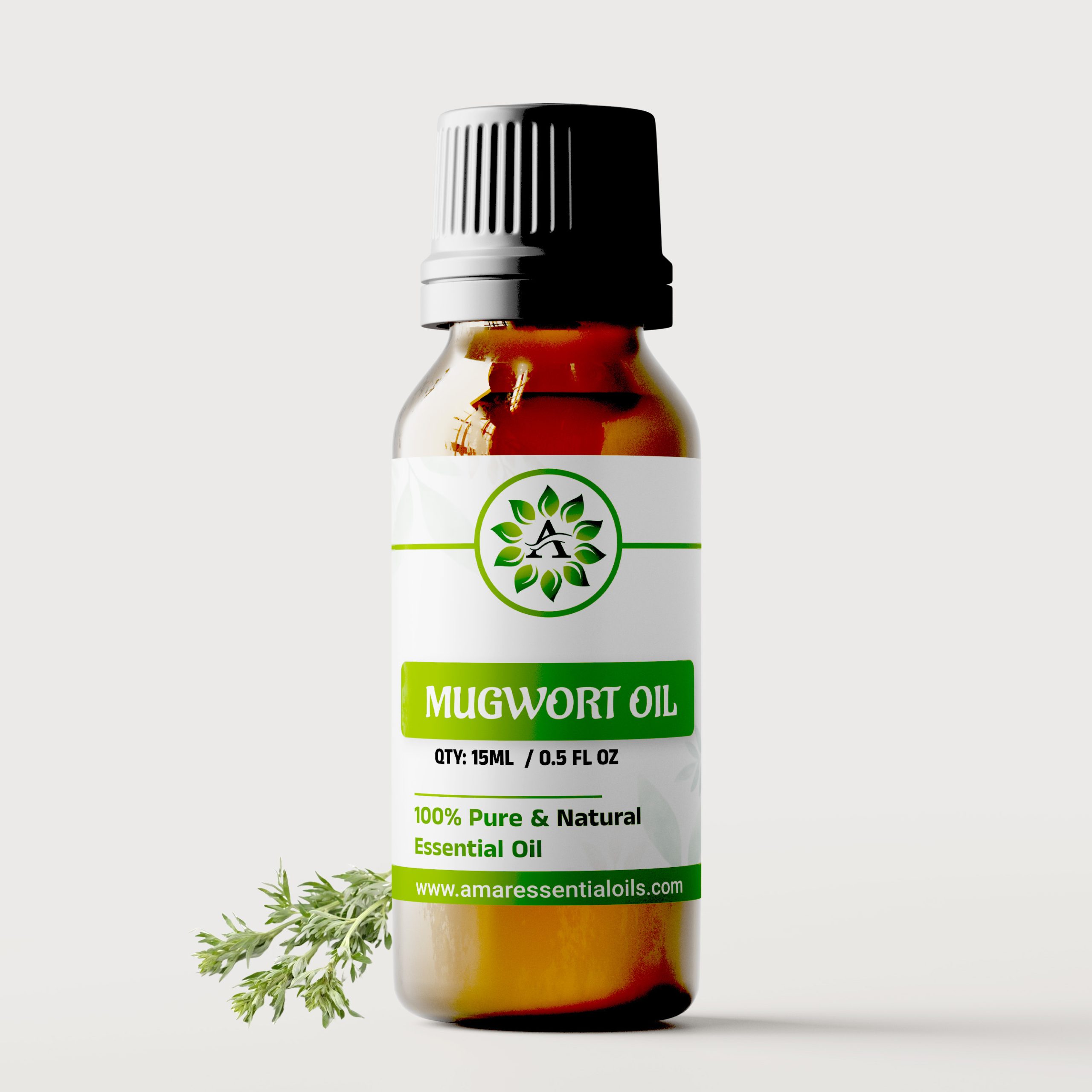
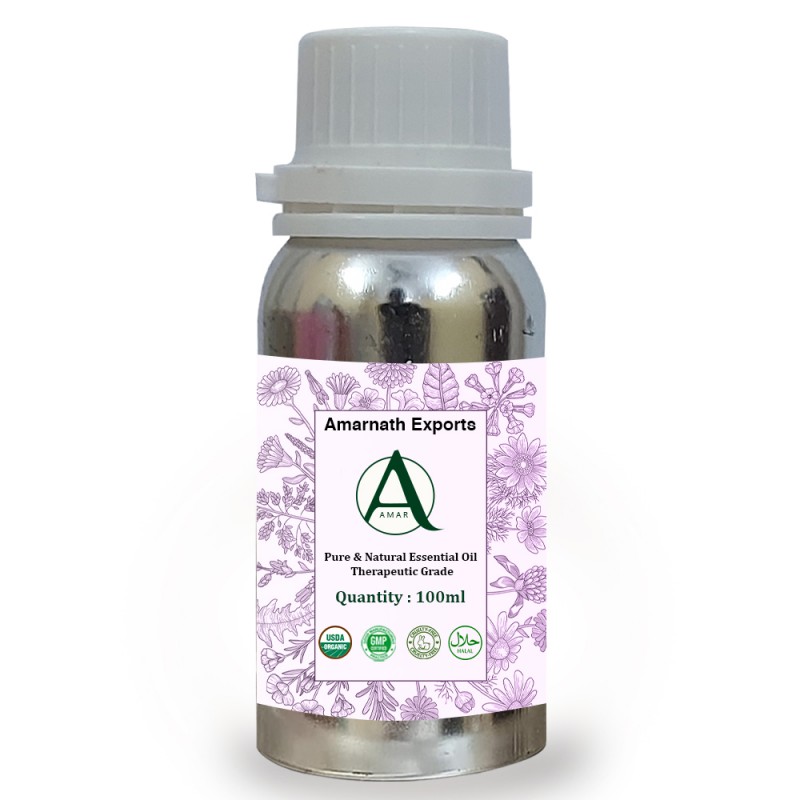
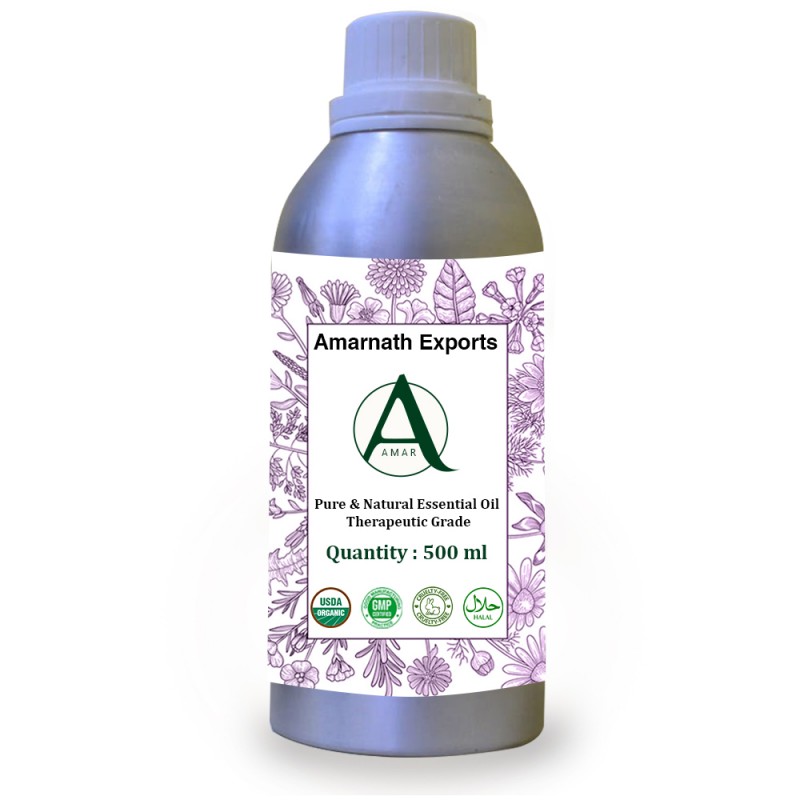
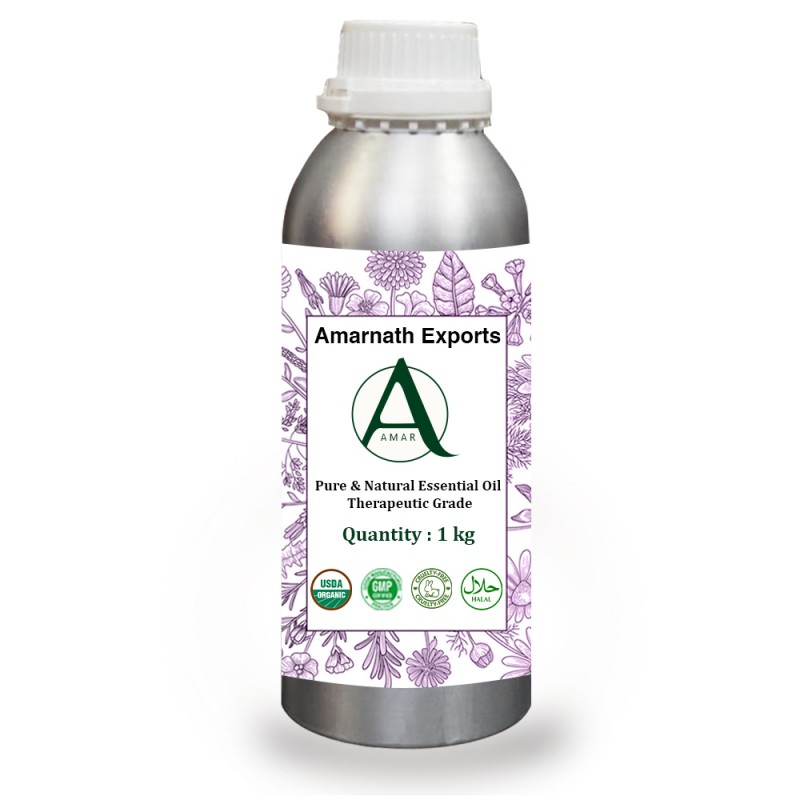
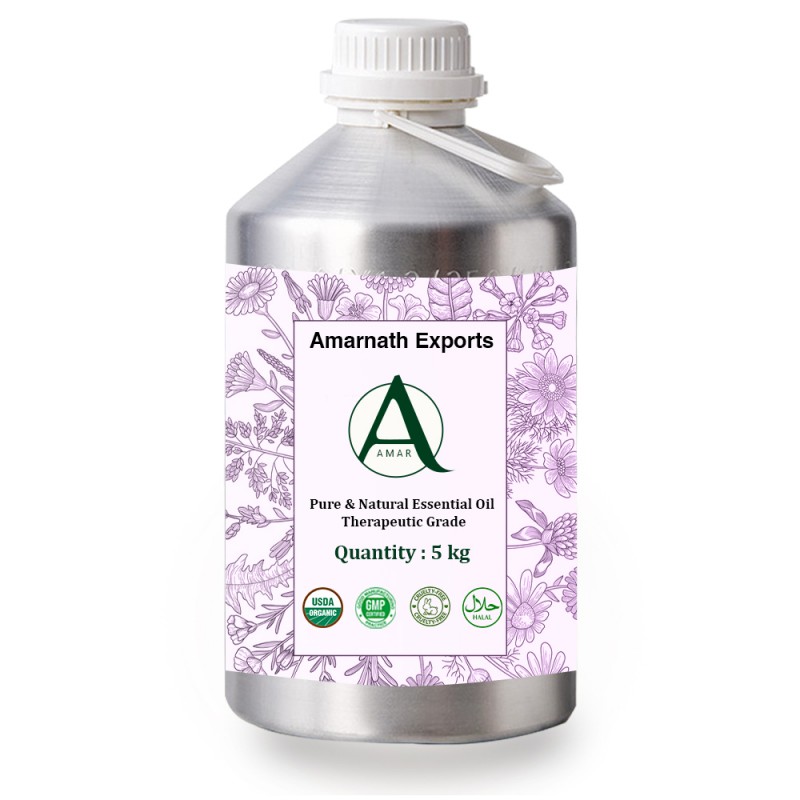
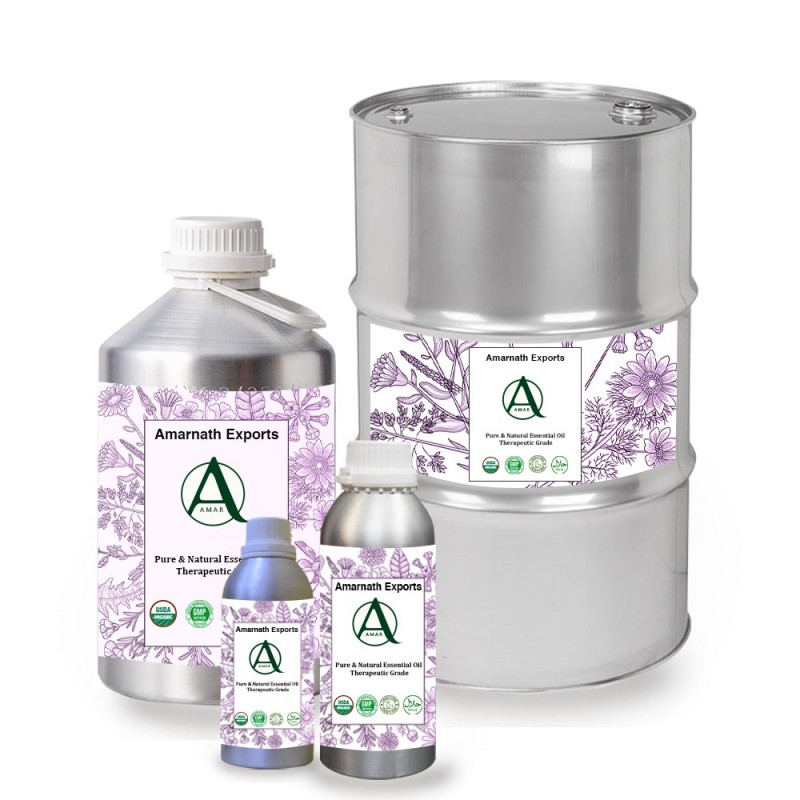
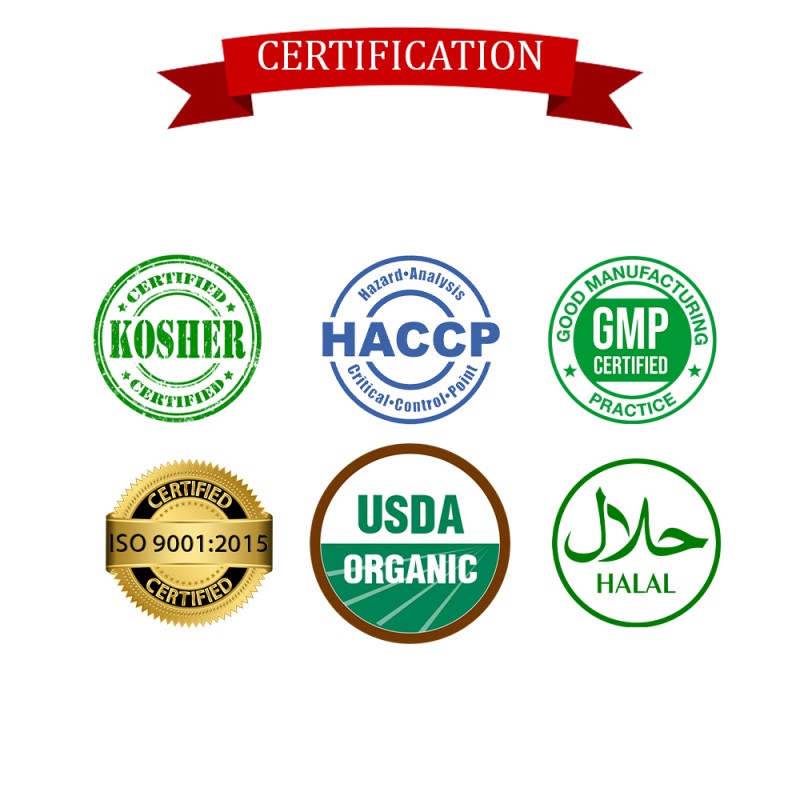
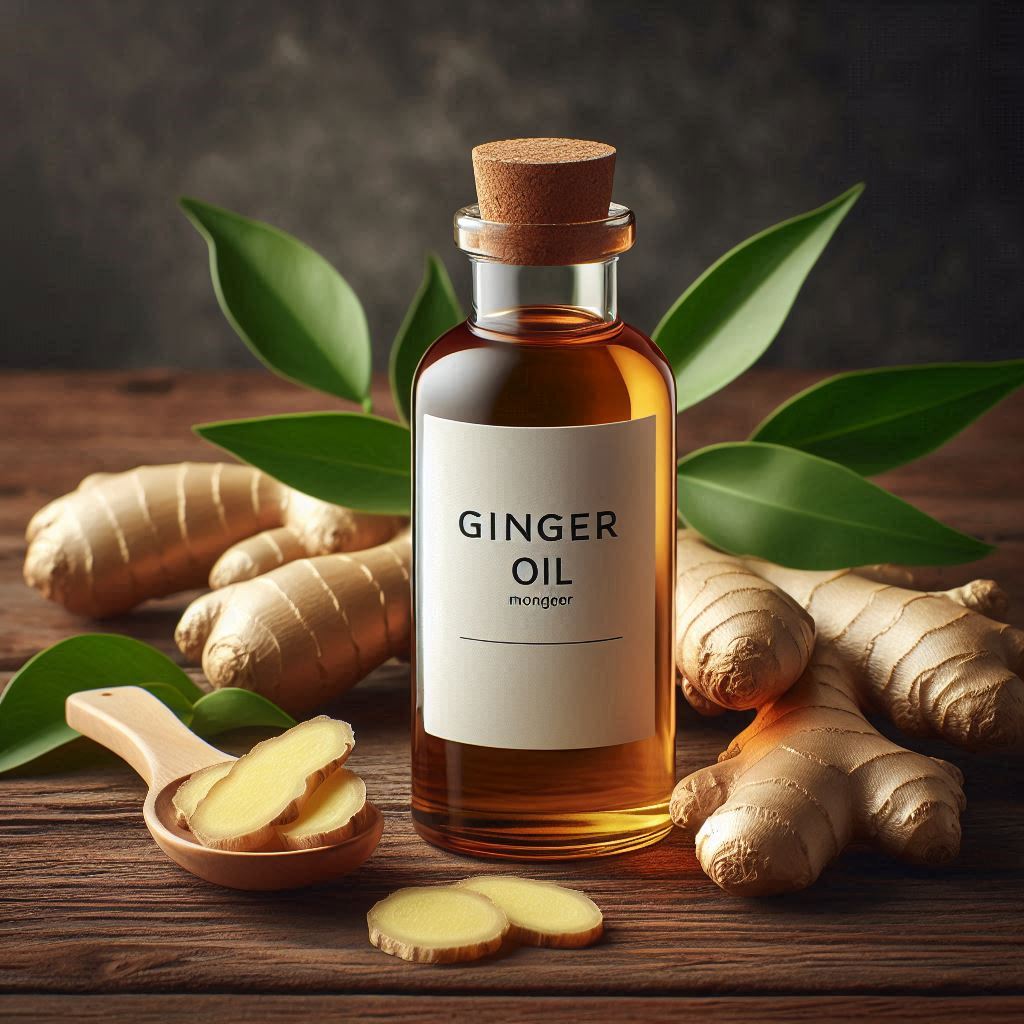
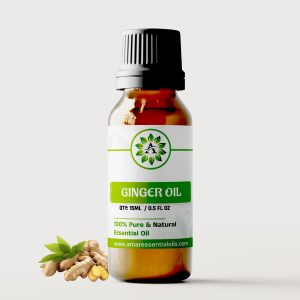
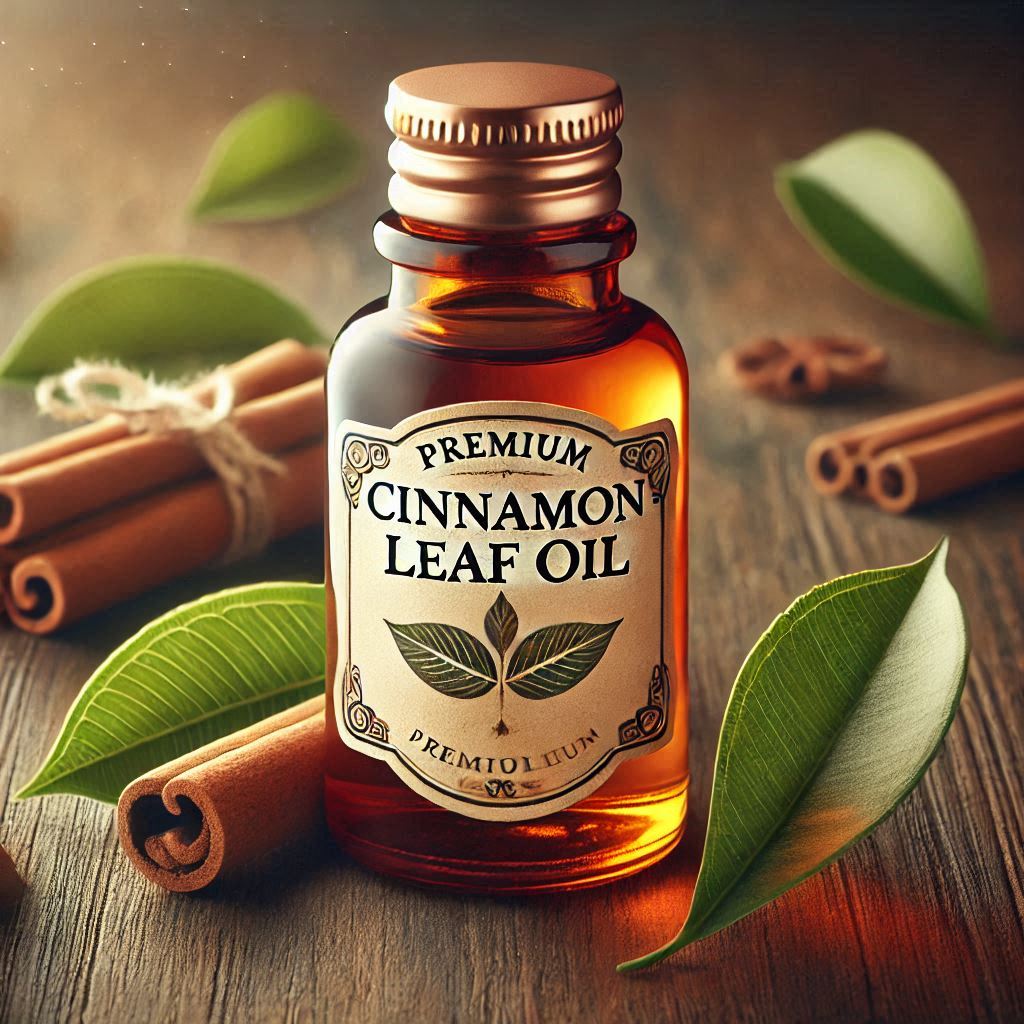

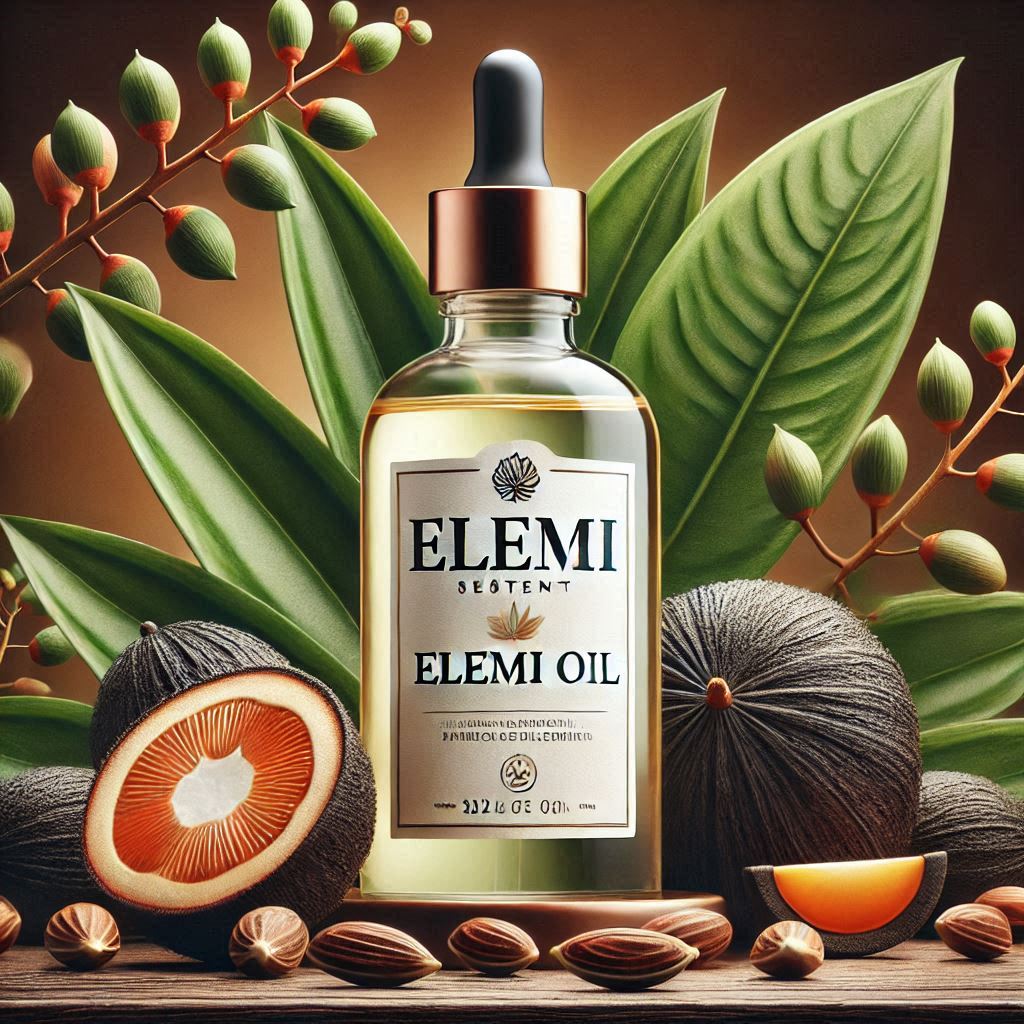

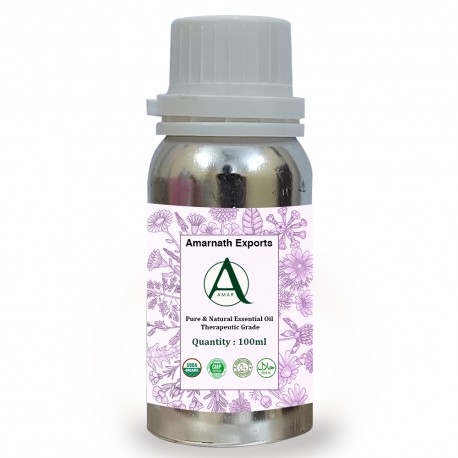

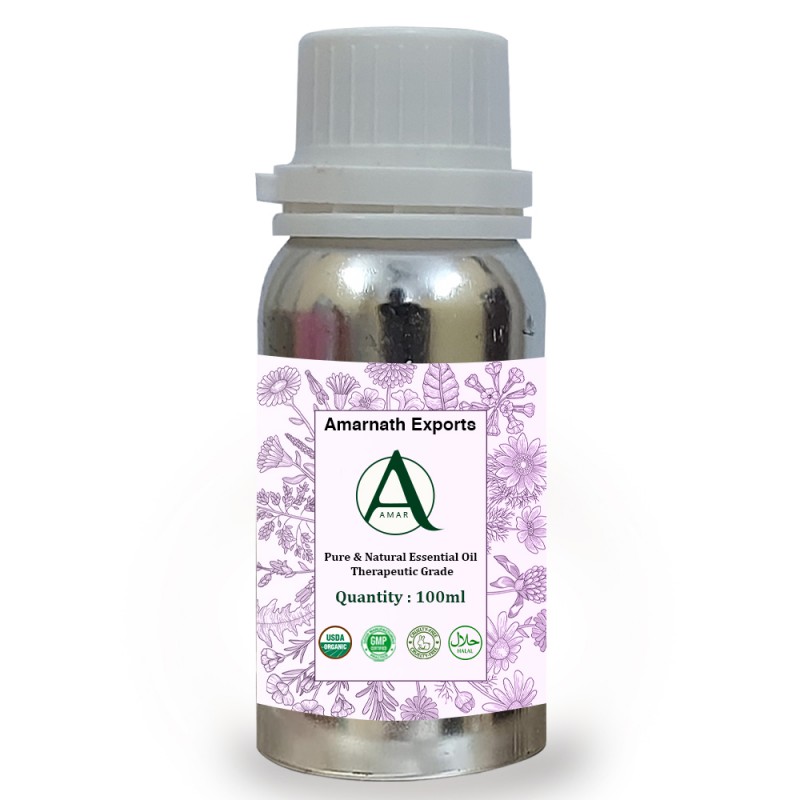

Reviews
There are no reviews yet.